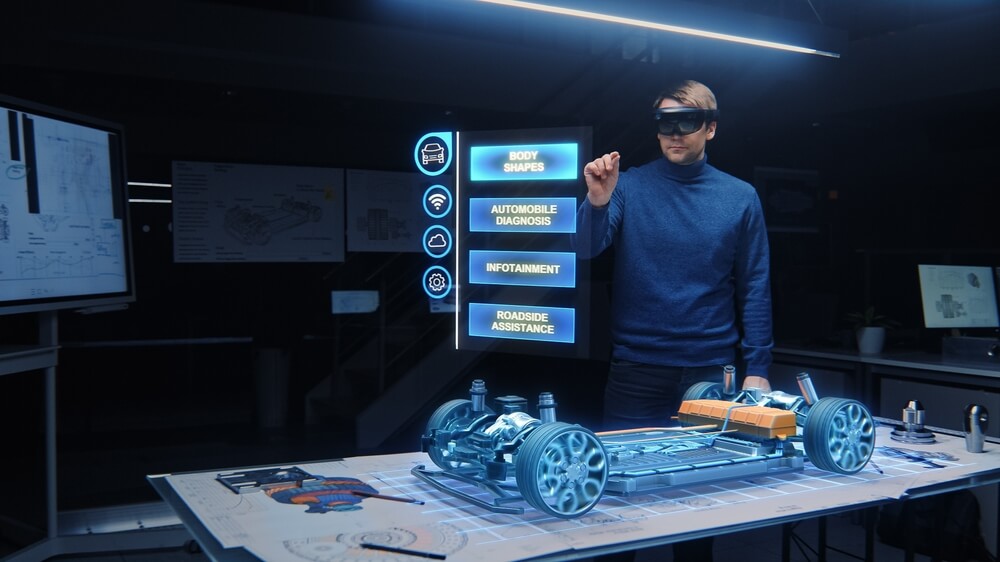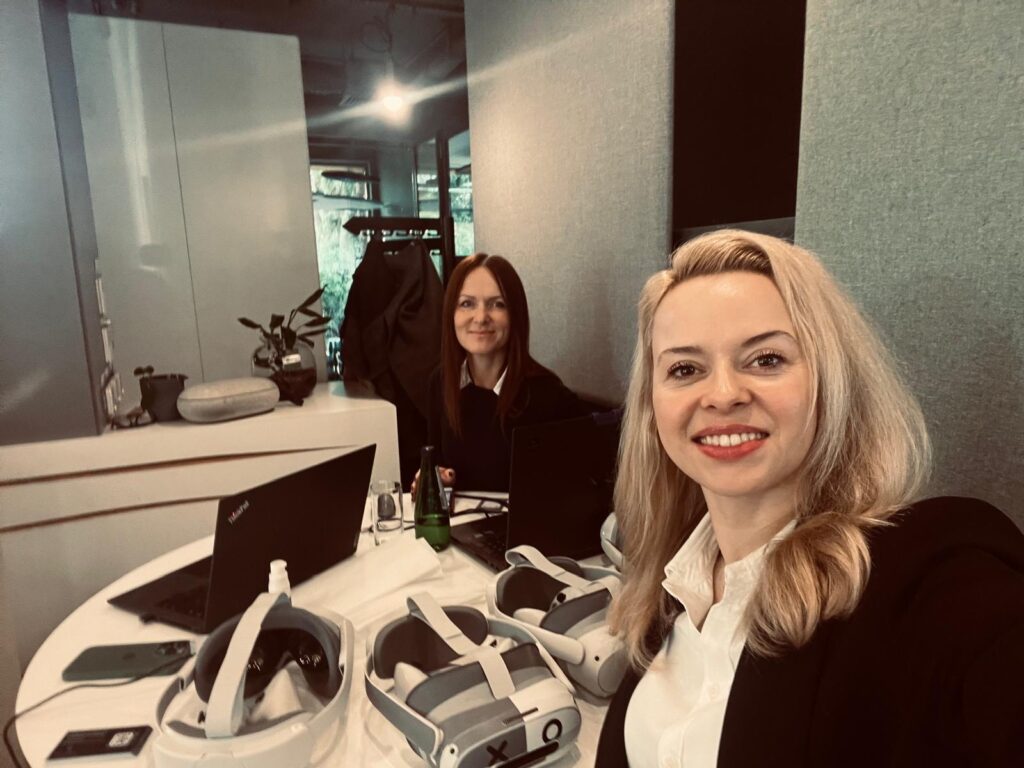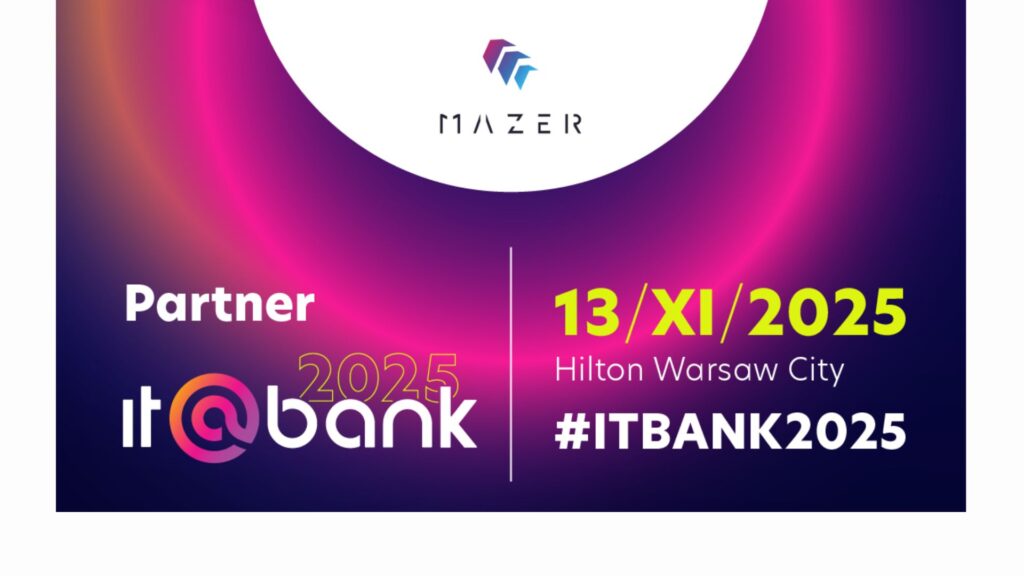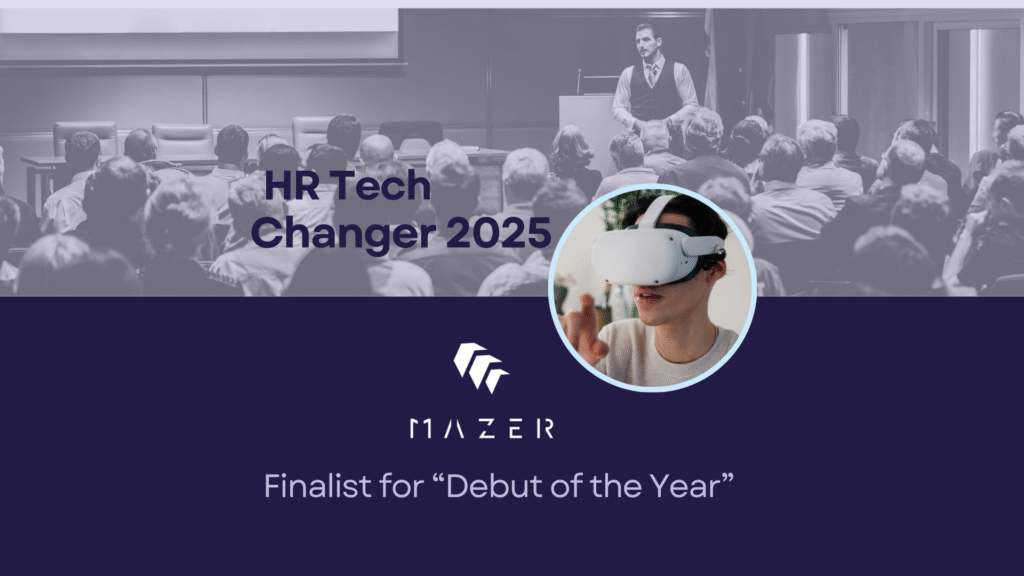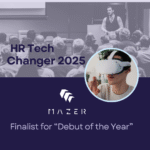Transform Your Clients’ Training Programs with Interactive VR Simulations
Table of Contents:
Immersive VR simulations are making training more realistic, engaging, and effective than ever. Interactive learning environments allow employees to practice new skills, make mistakes without risk, and build confidence in their abilities, all within the safe confines of virtual reality. This article explores the transformative power of simulation-based VR training, drawing on real-world examples from industries served by Mazerspace and powered by the intuitive Mazer Trainer platform. Read on!
Why Realism Matters?
The single most effective way to learn complex procedures or soft skills is through hands-on practice. VR simulations make this possible, even for high-stakes or hazardous scenarios. Traditional e-learning or classroom approaches often lack the immediacy and sensory engagement necessary for deep learning. In contrast, Mazer Trainer leverages advanced simulation logic, realistic environments, and real-time feedback to accelerate mastery and improve retention. The breadth of applications becomes clear when examining which industries benefit most from VR training, revealing opportunities across sectors that many organizations haven’t yet considered.
Mastering Procedures and Safety
VR training enables manufacturing teams to safely rehearse complex assembly, maintenance, and troubleshooting tasks, thereby reducing accidents and boosting productivity without interrupting production lines. Using Mazer Trainer, organizations can replicate their proprietary workflows, customize scenarios, and instantly update modules in response to process changes. Workers can practice operating expensive machinery, handling hazardous materials, and responding to equipment failures without any real-world risk. A comprehensive analysis of VR in manufacturing reveals how immersive training is transforming production environments and yielding measurable improvements in safety.
Safety Training
Emergency response and safety training benefit immensely from VR’s ability to create realistic crisis scenarios that would be impossible or dangerous to recreate in traditional training. Fire evacuations, chemical spills, equipment failures, and medical emergencies can all be simulated with remarkable fidelity, allowing teams to practice their responses until they become second nature. The proven effectiveness of VR fire safety training demonstrates how immersive simulations foster muscle memory and enhance decision-making under pressure, ultimately saving what is most important: lives.
Soft Skills and Corporate Development
Beyond technical training, Mazer Trainer excels at developing essential soft skills, including leadership, communication, and conflict resolution, through realistic interpersonal scenarios. Employees can practice difficult conversations with virtual customers, deliver presentations to simulated audiences, or navigate complex workplace dynamics without real-world consequences. VR’s immersive nature creates emotional engagement that traditional role-playing exercises simply cannot match. The comprehensive approach to virtual reality soft skills training reveals how organizations are utilizing these simulations to build more confident and capable teams.
Healthcare and Emergency Services
For healthcare and emergency response professionals, VR simulations provide critical opportunities to practice life-saving procedures and develop expertise before facing real patients. Medical students can perform virtual surgeries, paramedics can respond to complex emergency scenes, and nurses can practice patient interactions in challenging scenarios. The specialized focus on virtual reality EMS training demonstrates how immersive learning is raising standards and improving outcomes in high-stakes healthcare environments.
Conclusion
VR simulations, customizable, measurable, and endlessly scalable, represent the new standard for workforce development in forward-thinking organizations. Whether your team operates on the production line, in the warehouse, at the front lines of customer service, or in critical healthcare roles, simulation-based learning through Mazer Trainer delivers a measurable impact that translates directly to improved performance and business outcomes.
Ready to see how Mazerspace can transform your training? Contact us for a personalized demo.
How does VR training improve realism in learning?
VR training offers a highly realistic, immersive experience that enhances learning by simulating complex procedures and soft skills in a risk-free environment. Unlike traditional e-learning or classroom settings, VR engages multiple senses and provides real-time feedback, which accelerates skill mastery and retention.
How does VR training improve safety and productivity in manufacturing?
VR training allows manufacturing teams to practice complex tasks like assembly, maintenance, and troubleshooting in a safe, controlled environment. This reduces accidents, increases productivity, and allows for the practice of handling machinery and hazardous materials without real-world risk.
Can VR simulations be used for emergency and safety training?
Yes, VR is ideal for emergency response and safety training. It can simulate high-risk scenarios such as fire evacuations, chemical spills, and medical emergencies, providing trainees with realistic, repeatable practice.
How can VR training help develop soft skills in employees?
VR training offers an immersive environment to practice soft skills like leadership, communication, and conflict resolution. Employees can engage in realistic interpersonal scenarios, such as delivering presentations or handling difficult conversations, without real-world consequences.

Author: Rafał Siejca
Rafal has over twenty years of corporate experience, including roles at Millennium Bank, Comarch, and leading software teams at PZU, one of Europe’s largest insurance companies. As one of Poland’s few true VR experts with a decade of experience, he ensures timely, high-quality project delivery as CEO and CTO.

